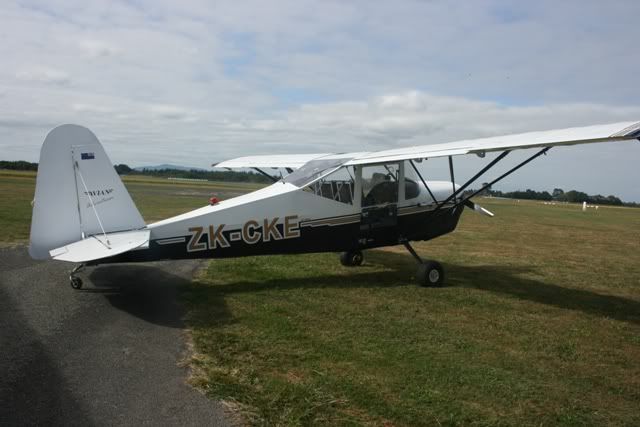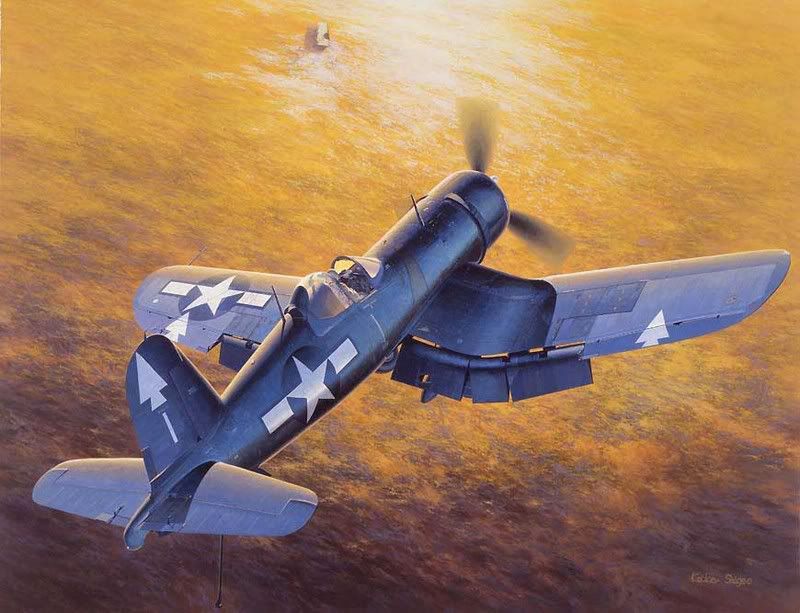Post by Dave Homewood on Jul 7, 2006 1:49:03 GMT 12
www.stuff.co.nz/stuff/0,2106,3723404a11,00.html
Report into Queenstown plane crash disputed
06 July 2006
The Aviation Industry Association (AIA) and an airline operator are disputing Transport Accident Investigation Commission (TAIC) findings over a plane crash in Queenstown last year, with the AIA calling for the accident to be re-investigated.
An Air Fiordland plane with five passengers on board crashed after taking off at Queenstown aerodrome on October 10 last year.
The TAIC report released today acknowledged that the pilot encountered wake turbulence on take off but blamed the presence of frost on wings for loss of control of the plane.
The tip of the plane's left wing struck the runway causing the plane to crash. No one was injured.
"Although the pilot had taken action to remove frost from the aircraft, a layer of frost remained on the wing upper surfaces for the take-off," the report said.
It said it was possible that wake turbulence from a preceding takeoff initially upset the plane but frost on the wings was considered the main reason for the loss of control.
TAIC also said the centre of gravity position was probably aft of the rear limit for take-off.
AdvertisementAdvertisementSafety issues identified included:
the need to ensure critical aircraft surfaces were free of contaminants such as frost before the flight;
pilots' awareness of wake turbulence and the need to report severe wake turbulence encounters;
specification of all relevant conditions in weight and balance calculations;
accuracy of safety briefing information provided to passengers and proper restraint of baggage and cargo.
The operator and director for civil aviation had been advised of safety recommendations to address these issues, TAIC said.
But Air Fiordland chief executive Russell Baker said today the TAIC report was incorrect in finding that frost on the wing was the cause.
"All the information available shows the aircraft took off with a clean wing and that the accident arose as a consequence of the pilot experiencing unanticipated severe wake turbulence from the preceding aircraft," he said.
His well-experienced pilot had acknowledged being taken by surprise by the wake turbulence from the preceding aircraft.
"I have no doubt that he properly cleaned the wing before leaving – using the same procedures and same cleaning broom as the pilot of the first aircraft which did not experience any problems," Mr Baker said.
There was an obvious explanation for the ice nodules photographed on the wing of the damaged aircraft sometime after the accident.
"The airport rescue fire team had immediately sprayed the still sub-zero wing with water as a precaution and the air temperature was still below freezing.
"No one should regard this report as explaining what happened to my aircraft or what could happen to theirs in similar circumstances," said Mr Baker, adding TAIC needed to make changes to their processes.
AIA chief executive Irene King said TAIC should withdraw the report and re-open its investigation.
Ms King said Mr Baker was known for having a strong commitment to safety.
TAIC had been too quick to disregard his evidence and experience and that of other senior pilots who were surveyed about the effects of wing tip vortices in light aircraft, she said.
"There are some uncomfortable similarities with the TAIC report and its approach on the Taumarunui helicopter accident which wrongly found that two maintenance engineers were to blame," she said.
"In that case, TAIC said findings were based on the evidence they had at the time but as the engineers pointed out, they had told TAIC that they had done their jobs correctly.
"TAIC had chose to disbelieve them. . .there are worrying similarities here in the Air Fiordland incident."
Ms King said AIA would like TAIC to withdraw the report and re-open the investigation "so that we can all be confident that the truth has been found".
"This is not about blame. It is about learning what actually went wrong so that the same situation in future can be avoided," she said.
"It is clear in hindsight that there were some errors involved in this accident but the key question is `which' errors."
Report into Queenstown plane crash disputed
06 July 2006
The Aviation Industry Association (AIA) and an airline operator are disputing Transport Accident Investigation Commission (TAIC) findings over a plane crash in Queenstown last year, with the AIA calling for the accident to be re-investigated.
An Air Fiordland plane with five passengers on board crashed after taking off at Queenstown aerodrome on October 10 last year.
The TAIC report released today acknowledged that the pilot encountered wake turbulence on take off but blamed the presence of frost on wings for loss of control of the plane.
The tip of the plane's left wing struck the runway causing the plane to crash. No one was injured.
"Although the pilot had taken action to remove frost from the aircraft, a layer of frost remained on the wing upper surfaces for the take-off," the report said.
It said it was possible that wake turbulence from a preceding takeoff initially upset the plane but frost on the wings was considered the main reason for the loss of control.
TAIC also said the centre of gravity position was probably aft of the rear limit for take-off.
AdvertisementAdvertisementSafety issues identified included:
the need to ensure critical aircraft surfaces were free of contaminants such as frost before the flight;
pilots' awareness of wake turbulence and the need to report severe wake turbulence encounters;
specification of all relevant conditions in weight and balance calculations;
accuracy of safety briefing information provided to passengers and proper restraint of baggage and cargo.
The operator and director for civil aviation had been advised of safety recommendations to address these issues, TAIC said.
But Air Fiordland chief executive Russell Baker said today the TAIC report was incorrect in finding that frost on the wing was the cause.
"All the information available shows the aircraft took off with a clean wing and that the accident arose as a consequence of the pilot experiencing unanticipated severe wake turbulence from the preceding aircraft," he said.
His well-experienced pilot had acknowledged being taken by surprise by the wake turbulence from the preceding aircraft.
"I have no doubt that he properly cleaned the wing before leaving – using the same procedures and same cleaning broom as the pilot of the first aircraft which did not experience any problems," Mr Baker said.
There was an obvious explanation for the ice nodules photographed on the wing of the damaged aircraft sometime after the accident.
"The airport rescue fire team had immediately sprayed the still sub-zero wing with water as a precaution and the air temperature was still below freezing.
"No one should regard this report as explaining what happened to my aircraft or what could happen to theirs in similar circumstances," said Mr Baker, adding TAIC needed to make changes to their processes.
AIA chief executive Irene King said TAIC should withdraw the report and re-open its investigation.
Ms King said Mr Baker was known for having a strong commitment to safety.
TAIC had been too quick to disregard his evidence and experience and that of other senior pilots who were surveyed about the effects of wing tip vortices in light aircraft, she said.
"There are some uncomfortable similarities with the TAIC report and its approach on the Taumarunui helicopter accident which wrongly found that two maintenance engineers were to blame," she said.
"In that case, TAIC said findings were based on the evidence they had at the time but as the engineers pointed out, they had told TAIC that they had done their jobs correctly.
"TAIC had chose to disbelieve them. . .there are worrying similarities here in the Air Fiordland incident."
Ms King said AIA would like TAIC to withdraw the report and re-open the investigation "so that we can all be confident that the truth has been found".
"This is not about blame. It is about learning what actually went wrong so that the same situation in future can be avoided," she said.
"It is clear in hindsight that there were some errors involved in this accident but the key question is `which' errors."








